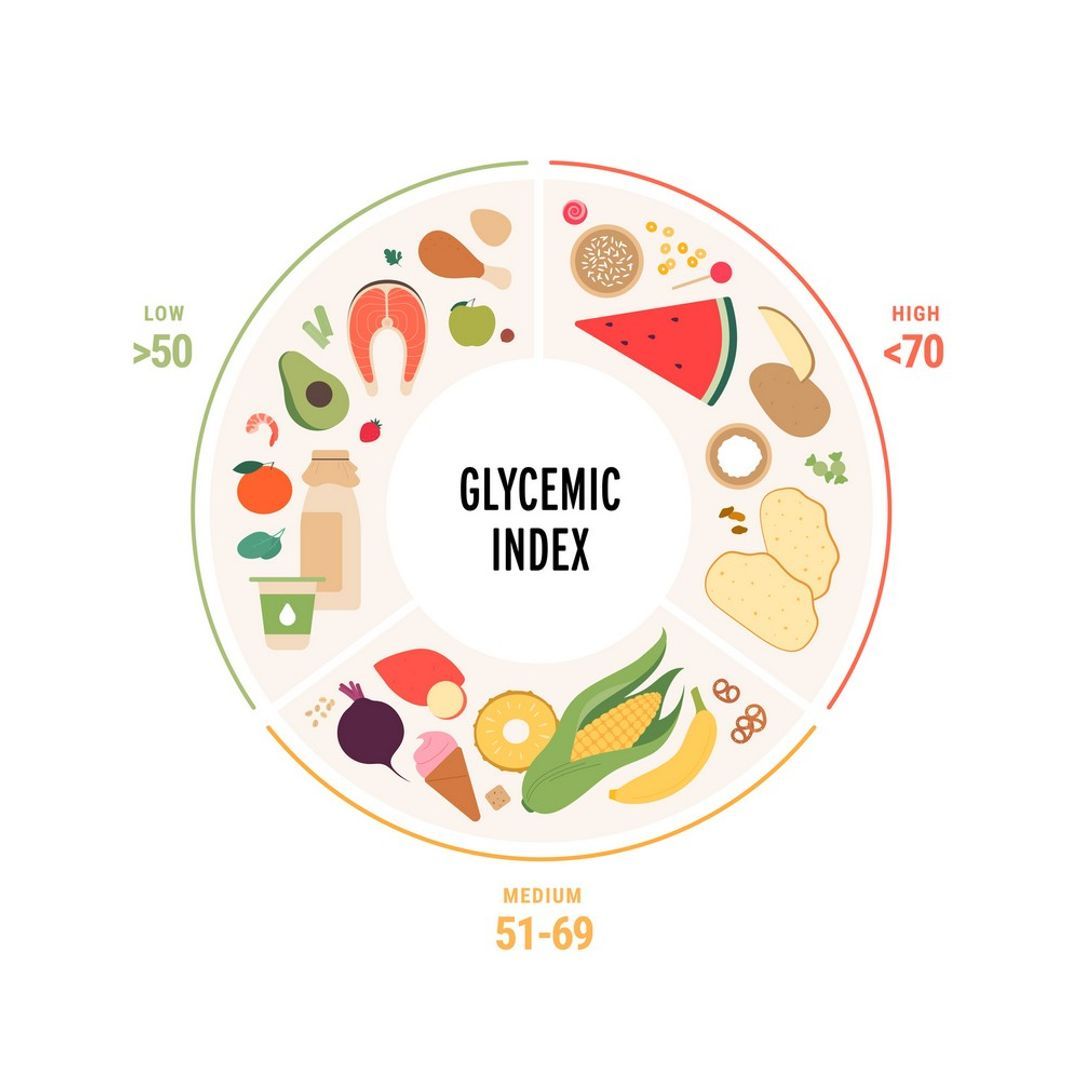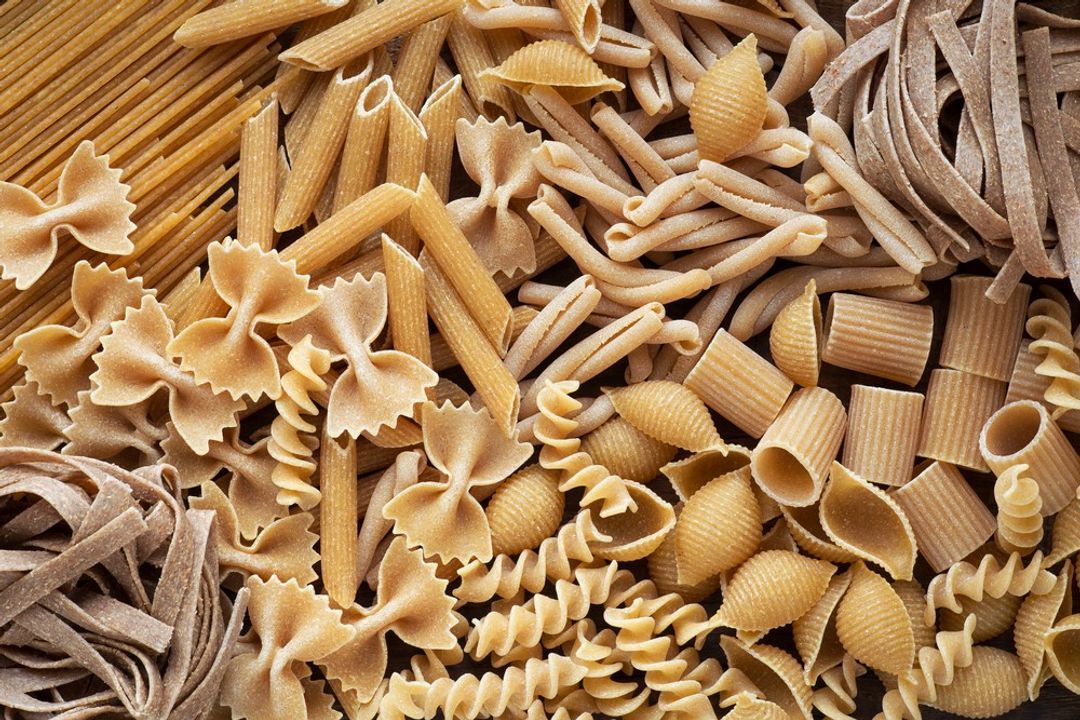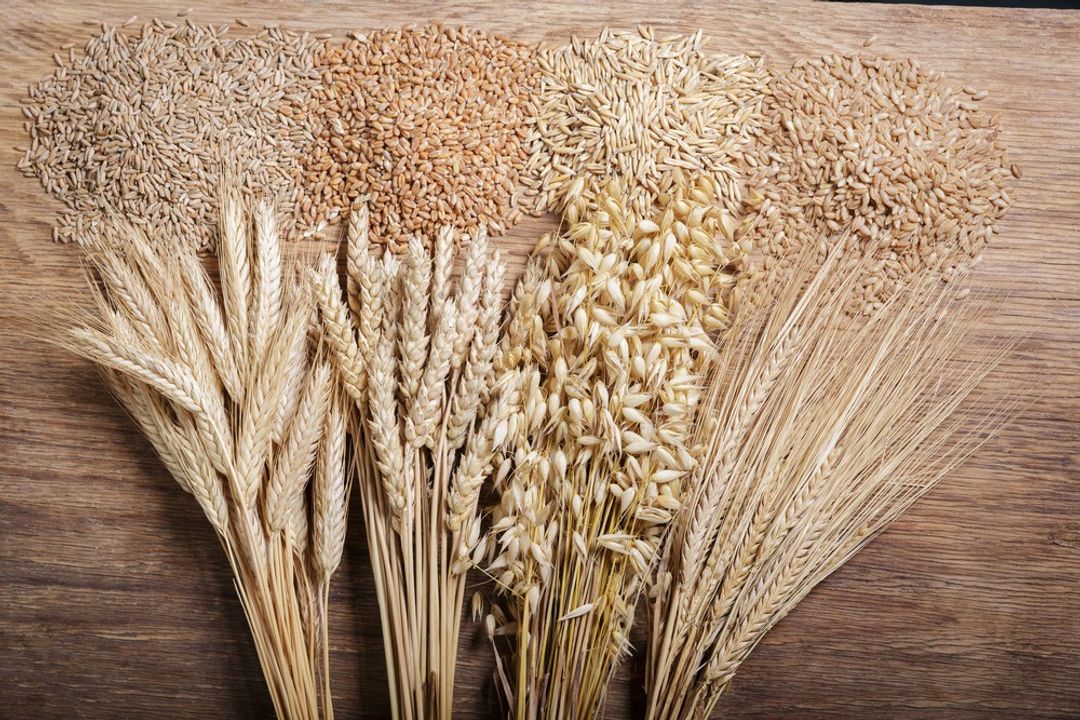Does Pasta Cause Inflammation? Unravelling the Facts
Can you get inflammation after eating pasta? Is pasta anti-inflammatory? Find out here if pasta is an inflammation-causing food.
The culinary world has long celebrated pasta as a staple of Italian cuisine. Its versatility, affordability and ease of preparation make pasta a much-loved dish around the globe.
However, with the increasing prevalence of inflammatory conditions and the quest for healthier lifestyles, a pertinent question has emerged: does pasta cause inflammation?
The debate surrounding this issue has led to a polarising divide between proponents who claim that pasta is innocuous and critics who argue that it may exacerbate inflammation.
Drawing on scientific studies and expert insights to provide a comprehensive understanding of the subject, this article investigates the following:
- The glycaemic index of pasta and its implications on inflammation
- The potential benefits of wholegrain pasta
- The role of gluten in inflammation
- The significance of pasta consumption within the context of a balanced diet.
Keep reading to explore the potential relationship between pasta and inflammation.
The Role of Diet in Inflammation
Inflammation is the body's natural response to injury or infection, characterised by redness, swelling and sometimes pain. While acute inflammation is crucial for healing, chronic inflammation may contribute to various ailments, including cardiovascular diseases, obesity and diabetes.
 Research has demonstrated that certain dietary patterns can either promote or reduce inflammation. Diets high in saturated fats, trans fats and refined carbohydrates have been shown to increase the production of pro-inflammatory molecules, such as C-reactive protein (CRP) and interleukin-6 (IL-6) [1].
Research has demonstrated that certain dietary patterns can either promote or reduce inflammation. Diets high in saturated fats, trans fats and refined carbohydrates have been shown to increase the production of pro-inflammatory molecules, such as C-reactive protein (CRP) and interleukin-6 (IL-6) [1].
Conversely, diets rich in fruits, vegetables, whole grains, legumes, lean proteins and healthy fats, such as the Mediterranean diet, have been linked to reduced inflammation and a lower risk of chronic diseases [2].
Pasta has been criticised for its high carbohydrate content, yet it is often consumed within a Mediterranean diet. For this reason, it is essential to consider the accompanying ingredients and preparation methods as well as the nutritional composition of pasta to determine its potential impact on inflammation.
Glycaemic Index, Pasta and Inflammation
 The glycaemic index (GI) is a measure of how quickly a food raises blood sugar levels in comparison to a reference food, typically glucose or white bread. Foods with a high GI cause rapid spikes in blood sugar, which may lead to an inflammatory response due to the release of pro-inflammatory molecules and oxidative stress.
The glycaemic index (GI) is a measure of how quickly a food raises blood sugar levels in comparison to a reference food, typically glucose or white bread. Foods with a high GI cause rapid spikes in blood sugar, which may lead to an inflammatory response due to the release of pro-inflammatory molecules and oxidative stress.
Contrary to popular belief, pasta has a low to medium GI, depending on the specific type and cooking method. This lower GI can be attributed to the unique structure of pasta, in which the starch molecules are densely packed and more slowly digested.
For example, a 2016 study investigating the glycaemic index of different types of pasta revealed that cooking al dente (firm to the bite) resulted in a lower GI compared to overcooking [3].
Additionally, a 2011 study exploring the impact of a low-GI diet, including pasta, on cardiovascular disease risk factors found that participants who followed a low-GI diet had lower levels of inflammatory markers such as CRP [4].
This evidence suggests that when consumed in moderation, pasta is less likely to cause rapid increases in blood sugar levels and induce inflammation.
However, it is important to note that pasta's low GI and its implications on inflammation can be influenced by portion sizes and the accompaniments it is served with.
For instance, pairing pasta with high-fibre vegetables, legumes and lean proteins can further lower its overall glycaemic impact, reducing the potential for inflammation.
Wholegrain Pasta: A Healthier Alternative
 Wholegrain pasta, made from whole wheat flour, retains the bran and germ components of the grain, which are rich in fibre, vitamins, minerals and phytochemicals. Numerous studies confirm that these nutritional attributes make wholegrain pasta a healthier alternative to traditional refined pasta and contribute to its anti-inflammatory properties.
Wholegrain pasta, made from whole wheat flour, retains the bran and germ components of the grain, which are rich in fibre, vitamins, minerals and phytochemicals. Numerous studies confirm that these nutritional attributes make wholegrain pasta a healthier alternative to traditional refined pasta and contribute to its anti-inflammatory properties.
For instance, in a study by Katcher et al., participants with metabolic syndrome were placed on a hypocaloric diet that included wholegrain foods such as pasta. The results demonstrated a significant reduction in inflammatory markers, including CRP, and improvements in cardiovascular disease risk factors [5].
Similarly, a study by Giacco et al. found that participants with type 2 diabetes who consumed wholegrain pasta experienced improvements in insulin sensitivity and reductions in inflammatory markers compared to those who consumed refined pasta [6].
These findings highlight the potential of wholegrain pasta to mitigate inflammation, particularly in individuals with diabetes or other metabolic conditions. These benefits can be attributed to the higher fibre content and complex carbohydrate structure of wholegrain pasta, which contribute to slower digestion and sustained energy release.
Gluten and Inflammation
 Gluten, a group of proteins found in wheat, barley, rye and oats, has been the subject of much debate in recent years due to its potential to cause inflammation in certain individuals. The primary concern surrounding gluten and inflammation stems from three conditions:
Gluten, a group of proteins found in wheat, barley, rye and oats, has been the subject of much debate in recent years due to its potential to cause inflammation in certain individuals. The primary concern surrounding gluten and inflammation stems from three conditions:
- Coeliac Disease: An autoimmune disorder in which the consumption of gluten triggers an inflammatory response, damaging the small intestine lining and leading to malabsorption of nutrients.
- Non-Coeliac Gluten Sensitivity (NCGS): A condition where individuals experience symptoms similar to those of coeliac disease but without the autoimmune response or intestinal damage.
- Wheat Allergy: An immune-mediated response to proteins in wheat, including but not limited to gluten.
For individuals with gluten-related disorders, consuming gluten-free pasta made from alternative grains, such as rice, corn or quinoa, can help alleviate inflammatory symptoms.
A gluten-free diet is not necessary for individuals without gluten-related disorders, and eliminating gluten without medical indication may not provide additional health benefits.
Pasta Consumption in the Context of a Balanced Diet
 While pasta has been scrutinised for its potential to cause inflammation, it is important to recognise that it can be part of a balanced, nutrient-dense diet when consumed in moderation and paired with wholesome ingredients. The key is to choose the right type of pasta, control portion sizes, and incorporate anti-inflammatory and nutrient-rich foods into the dish.
While pasta has been scrutinised for its potential to cause inflammation, it is important to recognise that it can be part of a balanced, nutrient-dense diet when consumed in moderation and paired with wholesome ingredients. The key is to choose the right type of pasta, control portion sizes, and incorporate anti-inflammatory and nutrient-rich foods into the dish.
A 2018 study found that individuals adhering to a Mediterranean diet, including pasta, exhibited lower levels of inflammation markers, such as CRP and IL-6. The study also highlighted the importance of consuming pasta with anti-inflammatory foods, such as tomatoes, leafy greens and olive oil, which provide antioxidants, phytochemicals and healthy fats that counteract inflammation [7].
In contrast, consuming pasta with pro-inflammatory ingredients, such as processed meats and saturated fats, may negate its potential benefits and promote inflammation.
To optimise the health benefits of pasta, consider the following guidelines:
- Opt for wholegrain pasta varieties that are higher in fibre and nutrients.
- Overconsumption of pasta can lead to excessive calorie intake and weight gain, which may contribute to inflammation. Stick to appropriate portion sizes, typically around 60-85 grams (dry weight) per serving for adults.
- Pair pasta with an abundance of vegetables, legumes, lean proteins and healthy fats to create balanced, nutrient-dense meals with a lower glycaemic impact.
Conclusion
The relationship between pasta consumption and inflammation is complex and depends on various factors, such as the type of pasta, individual dietary patterns and personal health conditions.
Choosing wholegrain pasta, controlling portion sizes and consuming it as part of a balanced, Mediterranean-style diet, rich in anti-inflammatory foods, may help to counteract inflammation and support overall health.
However, for individuals with gluten-related disorders, such as coeliac disease, non-coeliac gluten sensitivity or wheat allergy, avoiding traditional pasta and opting for gluten-free or alternative grain pasta is necessary to prevent inflammation and manage their conditions.
It is essential to make informed food choices and consult healthcare professionals when considering dietary modifications to address inflammation.
Take Control of Your Health with GlycanAge
In understanding the effects of dietary choices on inflammation and overall health, the GlycanAge biological age test can serve as a valuable tool.
GlycanAge measures glycans, complex sugar molecules found on the surface of cells, which are linked to inflammation and the ageing process. The test provides insight into an individual's biological age, offering a personalised assessment of their health status and the impact of their diet and lifestyle choices on inflammation and ageing.
 By understanding one's biological age, individuals can make more informed decisions about their diet and lifestyle, implementing changes to reduce inflammation, improve health and potentially slow down the ageing process.
By understanding one's biological age, individuals can make more informed decisions about their diet and lifestyle, implementing changes to reduce inflammation, improve health and potentially slow down the ageing process.
Once you receive your home testing kit, all you need to do is a simple finger prick test and send the results back to the lab. After three-to-five weeks of rigorous analysis to obtain the most accurate readings, your report will be ready.
You will also receive a complimentary one-to-one consultation with a scientist and/or healthcare professional to understand your results, devise an action plan to maintain or improve your biological age and optimise your overall wellness.
Several packages are available for purchase, depending on your budget and where you are on your wellness journey. Take control of your health today by ordering your GlycanAge home testing kit.
FAQs
What are the worst foods for inflammation?
The worst inflammatory foods are typically processed, high in saturated fats and contain high amounts of added sugars. Examples of these inflammation-promoting foods include processed meats, fried foods, sugary beverages, and refined carbohydrates such as white bread and pastries. Consuming these foods regularly can contribute to chronic inflammation, increasing the risk of various health issues.
What are five signs your body has inflammation?
Five signs that your body may have inflammation include persistent pain or stiffness in joints or muscles, redness or swelling in affected areas, chronic fatigue, unexplained weight gain and frequent digestive issues. These symptoms can indicate an underlying inflammatory response, which may be triggered by various factors such as poor diet, stress or autoimmune disorders.
What happens when inflammation takes over your body?
When inflammation takes over your body, it can lead to chronic inflammation, which is associated with numerous health issues such as cardiovascular disease, obesity, type 2 diabetes and autoimmune disorders. Prolonged inflammation may also contribute to the development of certain cancers and neurodegenerative diseases like Alzheimer's. Addressing the underlying causes and adopting a healthy lifestyle are crucial in managing inflammation and reducing the risk of these adverse health outcomes.
How do you rid your body of inflammation?
To rid your body of inflammation, adopt a balanced, nutrient-dense diet that includes anti-inflammatory foods such as fruits, vegetables, whole grains, lean proteins, and healthy fats like those found in olive oil and fish. Additionally, engage in regular physical activity, manage stress effectively and maintain a healthy weight. If necessary, consult a healthcare professional to address any underlying medical conditions contributing to inflammation.
References
- https://academic.oup.com/ajcn/article/79/4/606/4690148?login=false
- https://pubmed.ncbi.nlm.nih.gov/36039924/
- https://www.sciencedirect.com/science/article/abs/pii/S0939475316000247
- https://jamanetwork.com/journals/jama/article-abstract/183081
- https://academic.oup.com/ajcn/article/87/1/79/4633302?login=false
- https://www.sciencedirect.com/science/article/abs/pii/S0939475314000386
- https://bmjopen.bmj.com/content/3/8/e003003.short


